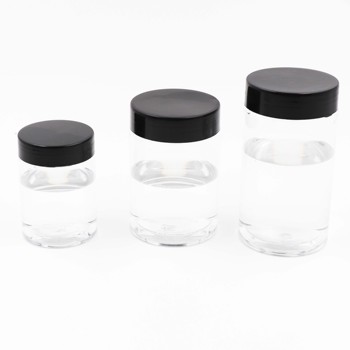THFの簡単な説明
テトラヒドロフラン(THF) は毒性が低く、沸点が低く、流動性がよいため広く使用されています。多くの化学物質に対する溶解性が強く、樹脂の表面と内部への拡散性と浸透性が良好です。ポリエチレン、ポリプロピレン、フッ素樹脂を除くすべての化合物を溶解でき、特にポリ塩化ビニル、ポリ塩化ビニリデン、スチレンブタジエンゴムに有効です。
反応性溶剤として広く使用され、精密テープや医薬品の製造に使用されています。天然樹脂、合成樹脂、ポリエーテルゴム、ポリウレタンなどの製造における溶剤や、プラスチックパイプバインダーの溶剤を「万能溶剤」と呼びます。
微細な反応中間体として、テトラヒドロチオフェンの天然風味増強剤として使用できます。医薬品では、咳止め薬、プロゲステロン、リファマイシンなどの製造に使用されます。化学製品の製造では、ポリテトラヒドロフラン、テトラヒドロチオフェン、1、4-ジクロロブタン、2、3-ジクロロテトラヒドロフラン、バレロラクトン、エチレンジアミン、1、4-ブタンジオール、γ-ブチロラクトンなどの多くの化学製品の製造に使用できます。
また、高エネルギー燃料、アセチレン抽出溶媒、電気メッキコーティング液、精密テープ洗浄剤、皮革表面仕上げ剤、高分子材料光安定剤などとしても使用できますが、主な用途はTHFPTMEGを生産することです。大まかな統計によると、世界のTHFの約80%はPTMEGの生産に使用され、PTMEGは主に弾性スパンデックス繊維の生産に使用されています。現在、THFを生産するための工業生産プロセスには、主にフルフラール法、1,4-ブタンジオール(BDO)脱水法、n-ブタン-メタノール無水物法、ブタジエン-酢酸法、ブタンの直接変換法があり、n-ブタン-メタン無水物法とブタジエン-酢酸法は、THFBDOの製造において。
